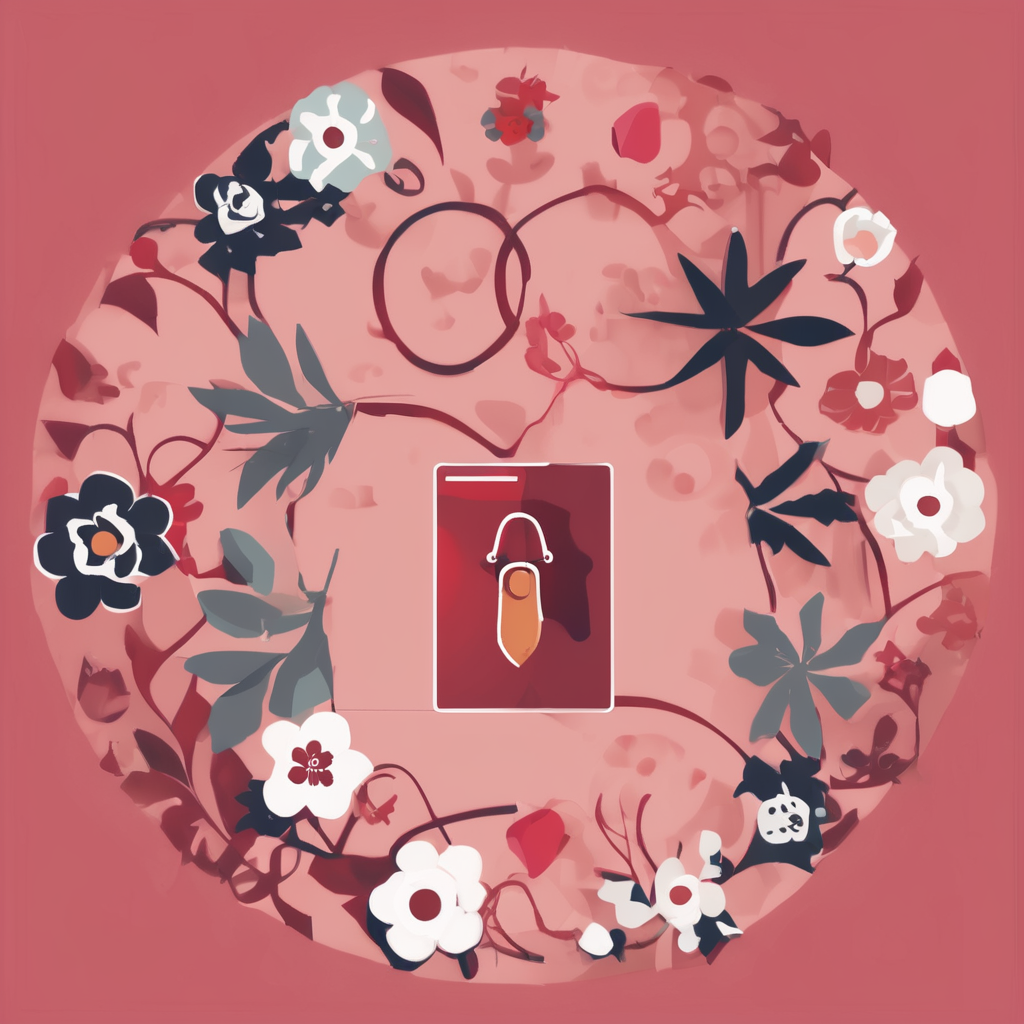The Connection Between British Women’s Fashion and Personal Identity
Fashion in Britain has long served as a powerful channel for self-expression and a visible marker of individuality. The choices British women make in their clothing often communicate aspects of their personality and values without the need for words. From bold prints to tailored silhouettes, British fashion allows women to project confidence, creativity, and cultural affiliations uniquely.
Over time, British women’s fashion has evolved alongside societal shifts, mirroring changes in social norms and attitudes. For instance, the move from conservative post-war attire to the rebellious styles of the 1960s highlighted a growing desire for freedom and cultural revolution. This evolution reflects how personal identity is not static but responsive to broader historical and cultural movements.
Also to see : What are the iconic UK fashion styles for women this season?
Several key factors influence the development of personal style in the UK. These include the regional diversity within Britain, exposure to global trends, and individual experiences. Fashion acts as both a personal canvas and a social statement, making it central to how British women articulate their personal identity. Understanding this connection is essential for appreciating how clothing remains a dynamic and meaningful form of communication.
Influences Shaping British Women’s Fashion
British women’s fashion is deeply intertwined with their cultural heritage, reflecting a rich tapestry of social contexts and historical trends. From the influence of the Victorian era’s strict elegance to the bold rebellion of the 1960s Mod movement, British style influences reveal how fashion serves as a dynamic mirror of societal changes and values.
Have you seen this : How Do Seasonal Trends Impact UK Women’s Fashion Choices?
The role of historical icons notably shapes today’s wardrobes. Figures such as Queen Elizabeth II, who epitomizes timeless sophistication, and designers like Vivienne Westwood, who championed punk fashion, continue to inspire a blend of tradition and innovation. Their legacies highlight how past styles infuse contemporary trends with a unique British character.
Regional and subcultural contributions also play a crucial role. For instance, the gritty aesthetics of the East London street style contrast with the polished looks of the aristocracy, showing how fashion becomes a form of personal and social expression across different communities. These diverse influences are essential to understanding the depth and variety of British women’s fashion, underlining its ongoing evolution in response to broader cultural shifts.
Practical Approaches for Expressing Identity Through Fashion
Discovering your personal style is a vital step in using fashion for self-expression. Start by curating a wardrobe that genuinely reflects who you are. Select pieces that resonate with your personality, values, and lifestyle rather than simply following fleeting trends. This approach ensures that your clothing choices speak authentically about your identity.
Balancing current fashion trends with individuality requires thoughtful consideration. Incorporate trendy items selectively, blending them with timeless staples that align with your unique aesthetic. This balance allows you to remain stylish without losing the essence of your personal style.
Experimenting is essential for evolving your wardrobe over time. Try mixing textures, colors, and silhouettes to uncover new facets of your fashion identity. Keep track of what feels comfortable and confident, adjusting your choices as you grow. These personal style tips encourage ongoing self-discovery, making your clothing an ever-evolving soundtrack of who you are.
Case Studies and Expert Perspectives
Fashion serves as a powerful tool for self-expression, particularly among British women who often use clothing to communicate their identity and values. Expert opinions from leading British fashion designers emphasize that style is a personal narrative, shaped by cultural heritage and contemporary influences. Designers highlight how their creations aim to empower wearers, encouraging confidence and individuality.
Real-life examples illustrate this dynamic vividly. British women from diverse backgrounds share stories of how fashion has transformed their sense of self and social interactions. Many recount moments where choosing specific garments allowed them to challenge stereotypes or embrace cultural roots in everyday settings. These stories shed light on the intimate relationship between clothing and personal empowerment.
The British fashion industry itself offers valuable lessons on supporting individuality. Innovators stress the importance of inclusivity and customization, promoting designs that reflect varied lifestyles and body types. This approach not only celebrates uniqueness but also creates more meaningful consumer experiences. By valuing distinct voices, British fashion continues to evolve as a canvas for authentic self-expression.

